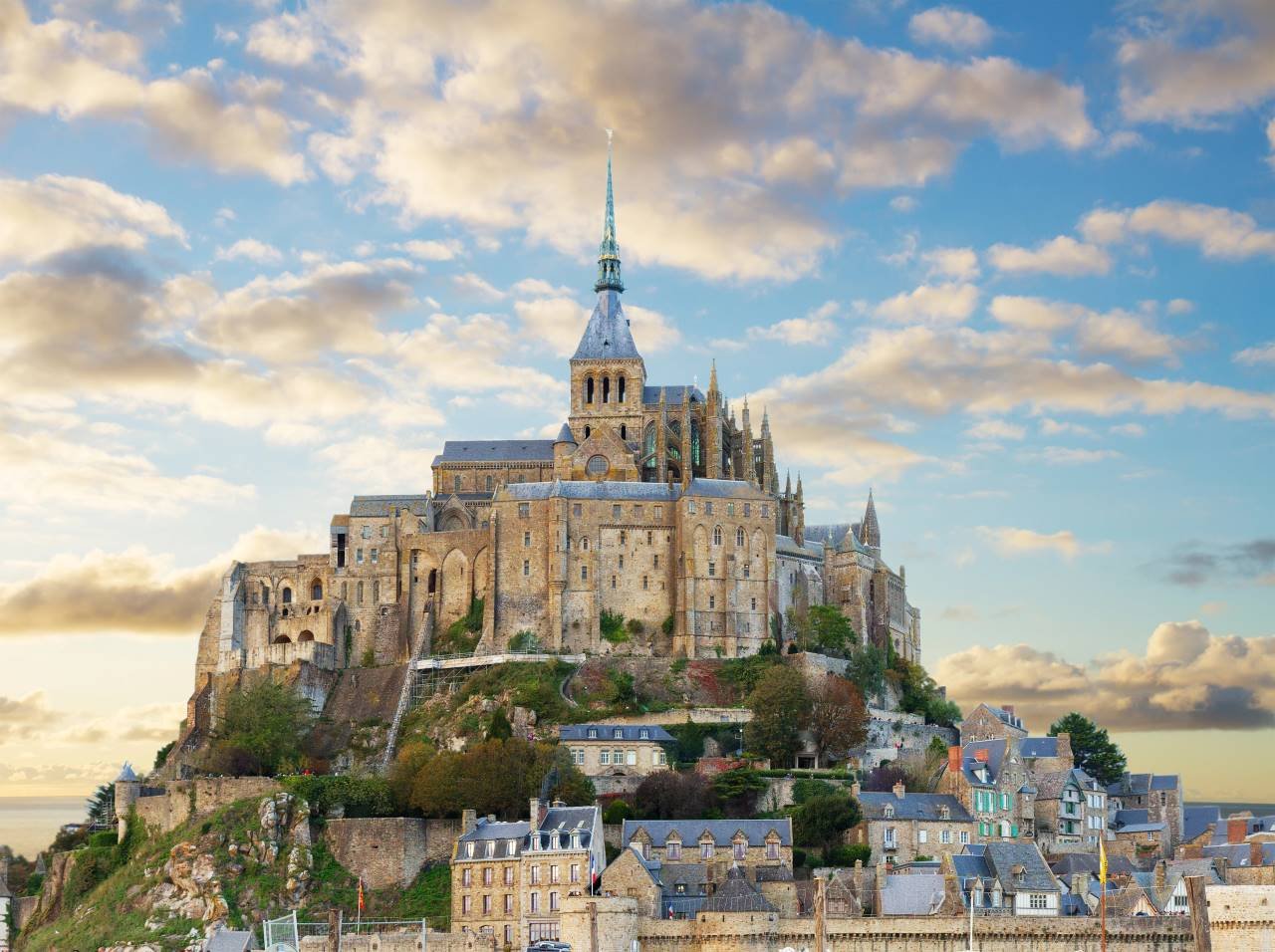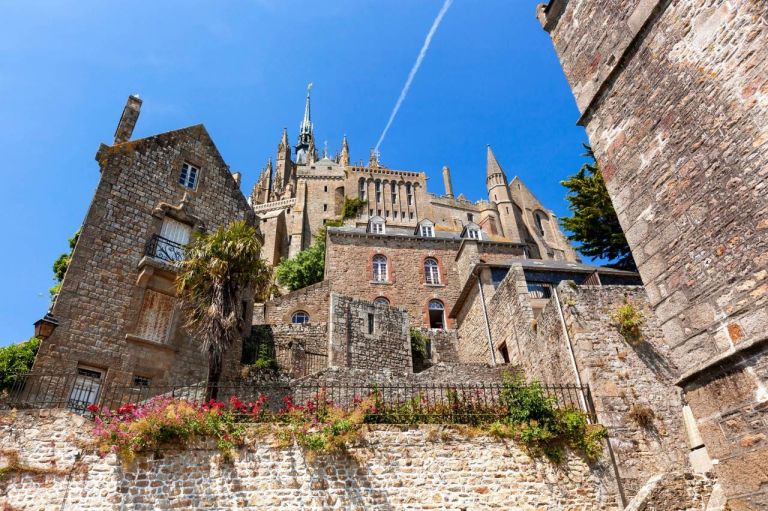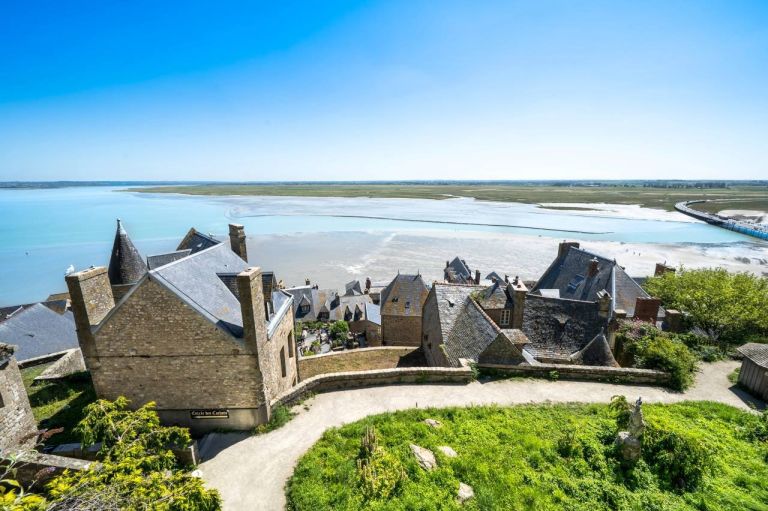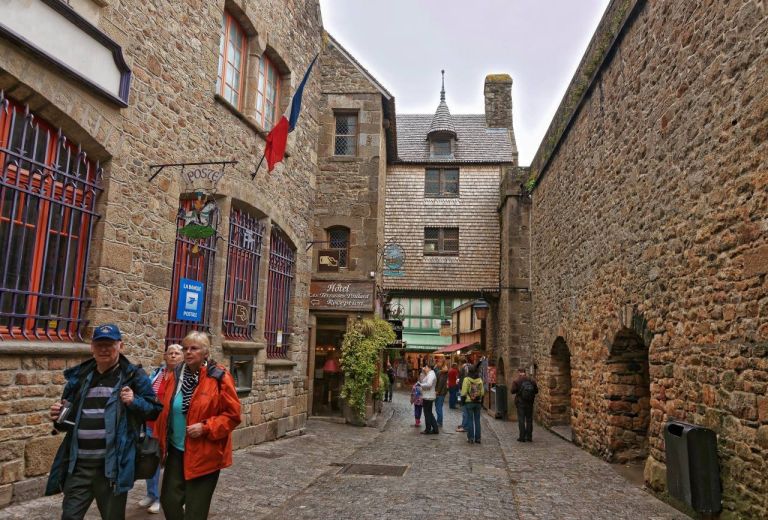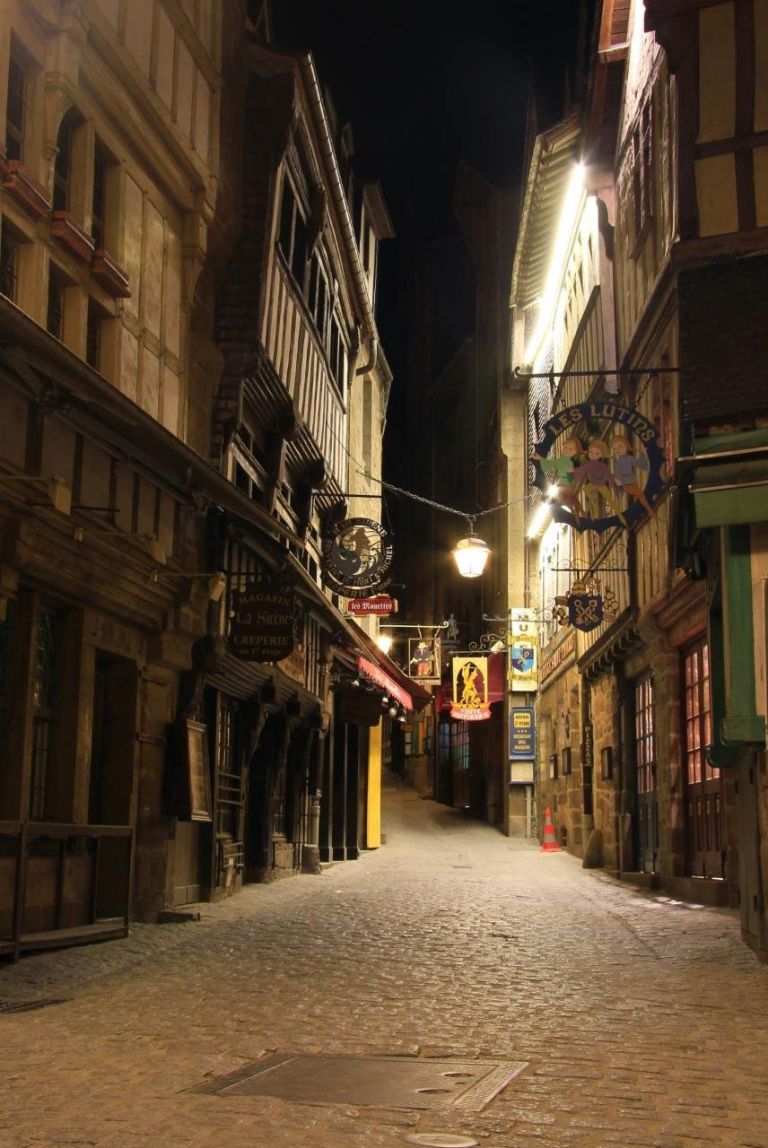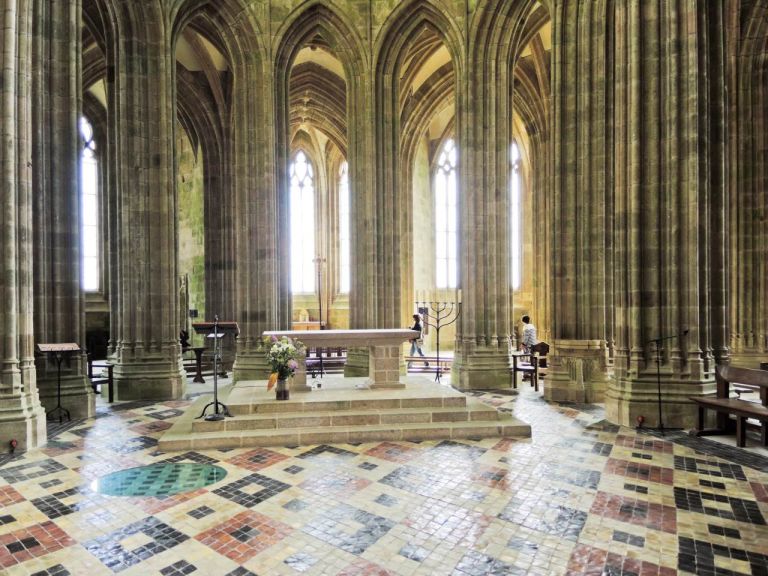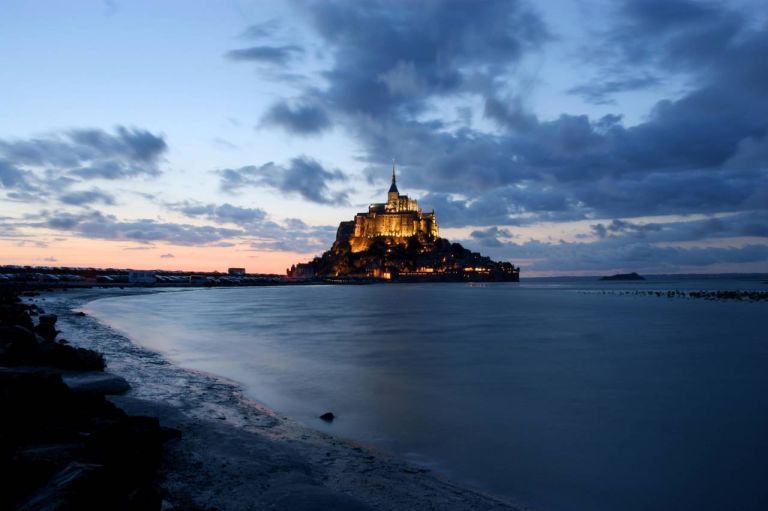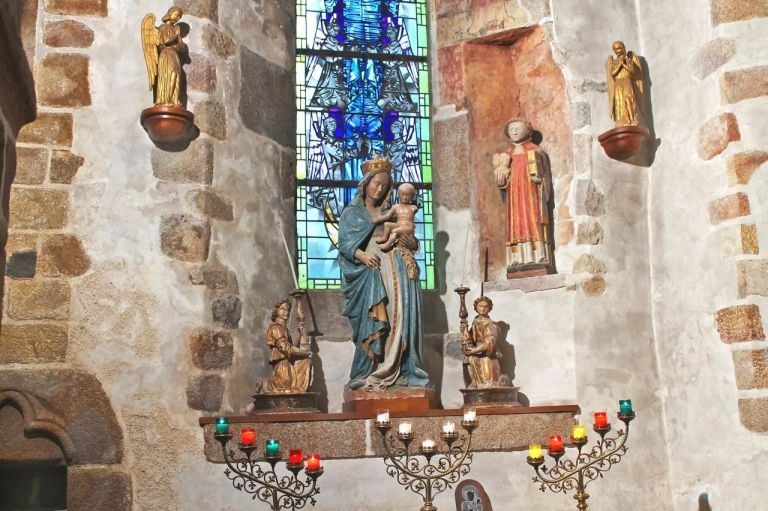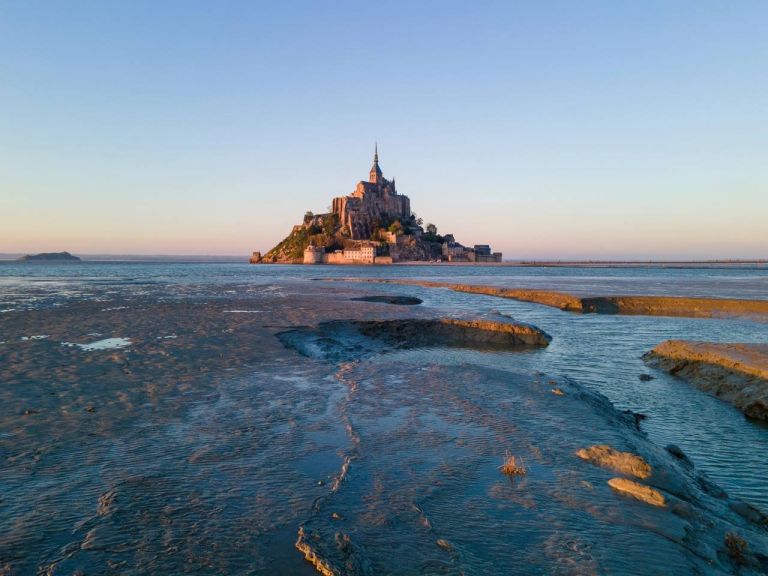Mont Saint-Michel is undoubtedly one of the most iconic and evocative places in all of France, a destination that combines history, spirituality and natural spectacle in a unique setting. Located along the Normandy coast on the border with Brittany, this small rocky islet, about 92 meters high and with a circumference of less than a kilometer, stands in the middle of a vast bay, famous for being the scene of the most spectacular tides in Europe.
Described by Victor Hugo as a "pyramid on the sea", Mont Saint-Michel is also known as the "Wonder of the West", and not by chance: the village and the imposing Abbey above it seem to have come straight out of a medieval tale, a perfect interweaving of nature and sacred architecture. The site has been a UNESCO World Heritage Site since 1979, and with its more than three million visitors a year it represents, after Paris, one of the most visited destinations in all of France.
Legend has it that the archangel Michael appeared three times in a dream to the bishop of Avranches, Aubert, ordering him to build a shrine on the small island, then called Mont-Tombe. After hesitating, Aubert received an indelible sign: the archangel, enraged, touched his head, piercing his skull with a finger. From that moment the bishop obeyed and on October 16, 709, he consecrated the first church. Since then, pilgrims and travelers have continued to come to the Mont, turning it into a spiritual and cultural center of extraordinary importance.
The beating heart of the village is the Benedictine Abbey, a masterpiece of medieval architecture that dominates the surrounding landscape. Its complex structure of overlapping churches, cloisters, chapter rooms and imposing defensive walls testifies to the religious and strategic centrality of the place. Its grandeur is made all the more extraordinary by the contrast with the village below, made up of narrow cobbled streets, inns, stores and old stone houses, which preserve intact the charm of the Middle Ages.
One aspect that makes Mont Saint-Michel truly unique is the phenomenon of the tides, the largest in Europe, which can reach a height difference of more than 14 meters. At high tide, the islet turns into a real island, surrounded by water, while at low tide the bay opens up into an immense scene of sands and reflections. The spectacle is fascinating and changeable: the water can recede up to 25 kilometers, only to return quickly with a wave described by Hugo as "as swift as a galloping horse". However, it is not permitted to venture into the bay alone, due to the presence of shifting sands and sudden currents: visits should always be accompanied by experienced guides.
In addition to its religious and scenic dimensions, Mont Saint-Michel is a place that thrills at all times of day and in all seasons. By day, the play of light that changes with the tides is striking, but it is at sunset and in the evening hours that the atmosphere becomes almost magical: the illuminated abbey dominates the sea, offering an unforgettable spectacle.
Thanks to restoration work and the restoration of its maritime character, completed in 2015, the Mont is once again surrounded by the sea as it was in centuries past, connected to the mainland only by an elevated walkway. To visit Mont Saint-Michel is to immerse oneself in a timeless place where legend, faith and nature come together to give the traveler a unique experience that is hard to forget.
Ph. Depositphotos

